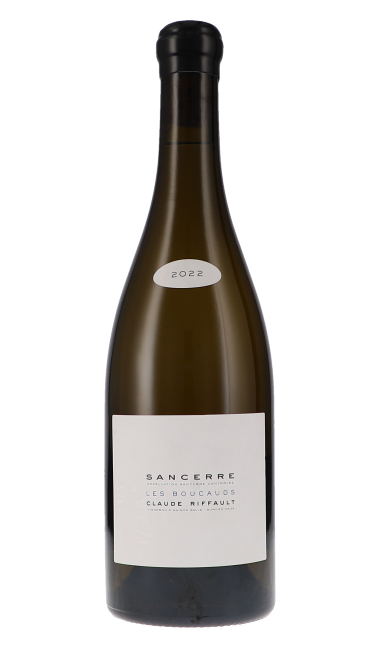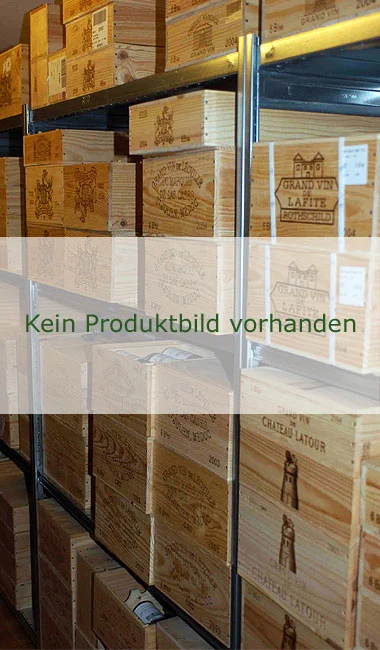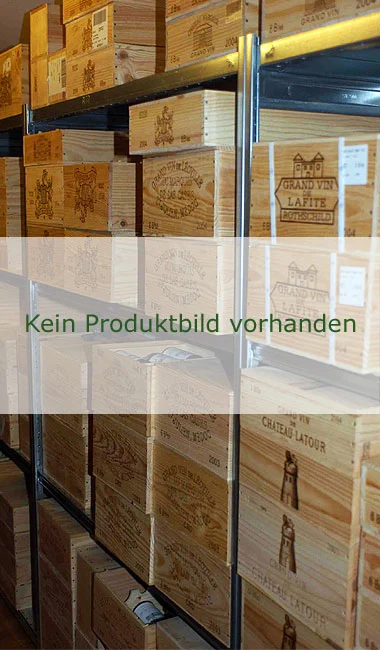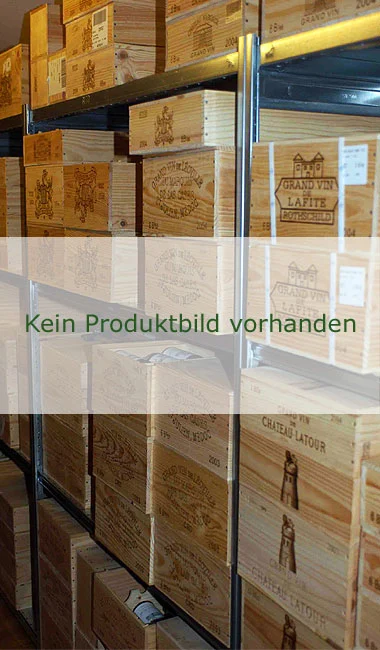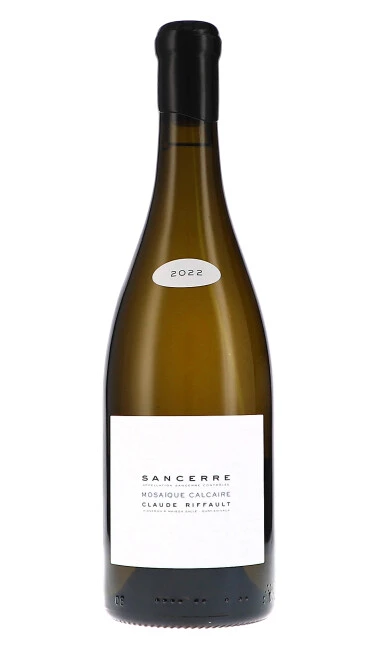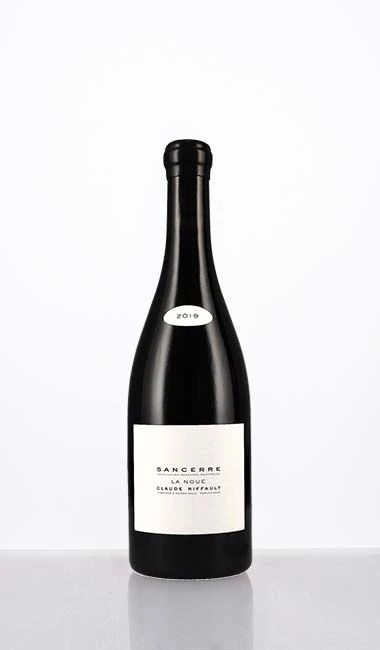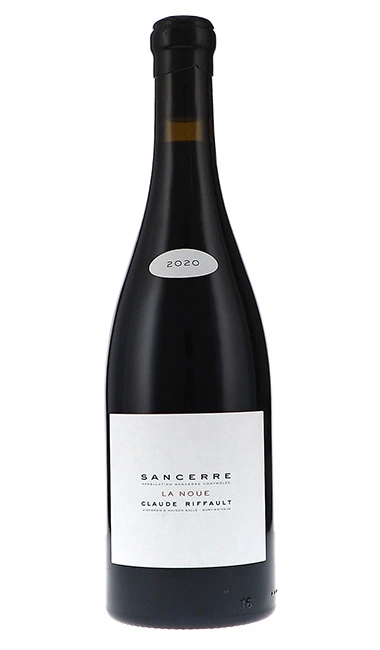Showing all 7 results
Claude Riffault
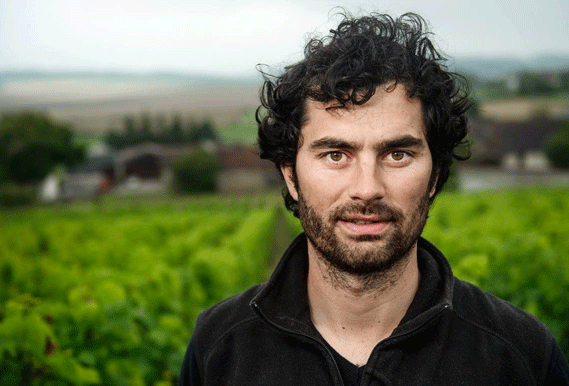
Caude Riffault
His wines have a style all of their own. They are on the one hand fruity, on the other hand in their structure crystal clear and pure. They are neither covered with reduction notes, as one likes to find it currently also at the Loire, nor are they characterized by wood, even though he vinifies all the site and parcel wines in wood. But it is always perennial Tonneaux which are the Basis for the desired texture offer
- You cannot add "Sancerre blanc "Les Boucauds" AOC 2021 – Claude Riffault" to the basket because the product is out of stock.
-
Sancerre blanc “Les Boucauds” AOC 2022
31,01 €Incl. VAT where applicable(41,35 € / 1000 ml)plus shipping -
Sancerre blanc “Les Chailloux” AOC 2022
39,52 €Incl. VAT where applicable(52,69 € / 1000 ml)plus shipping -
Sancerre blanc “Les Chasseignes” AOC 2022
36,02 €Incl. VAT where applicable(48,03 € / 1000 ml)plus shipping -
Sancerre blanc “Les Denisottes” AOC 2022
39,52 €Incl. VAT where applicable(52,69 € / 1000 ml)plus shipping -
Sancerre Mosaique Calcaire AOC 2022
26,00 €Incl. VAT where applicable(34,67 € / 1000 ml)plus shipping -
Sancerre rouge “La Noue” AOC 2019
31,01 €Incl. VAT where applicable(41,35 € / 1000 ml)plus shipping -
Sancerre rouge “La Noue” AOC 2020
35,01 €Incl. VAT where applicable(46,68 € / 1000 ml)plus shipping
More about Claude Riffault
The stylistics
The goodness of the fruit is truly remarkable and is mostly reminiscent of old orchard fruit with historic apple and pear varieties. The grassy, the pyrazine and the gooseberry aroma he does not appreciate much. His wines seem rather fleshy, almost opulent and sensual, but are nevertheless mineral, also very clear and at the same time very open. What you can feel besides the precise and ripe acidity is the spiciness of the Sancerres, which reflects the rock of the vineyards as well as herbs and tart citrus notes. The wines can all be drunk young with great pleasure, but especially the Monoparcelles can be curious how they will develop over time.
The history of the winery
Stéphane's great-grandfather once founded the estate as a mixed farm in the tiny hamlet of Sury-en-Vaux, which no one would know if it were not also the home of winemaker Vincent Gaudry. Stéphane's grandfather Henri then switched completely to viticulture, and Stéphane's father Claude joined in in the 1980s. Stéphane studied in Beaune and then learned with Olivier Leflaive, while Stéphane's brother went to the Etienne Sauzet domain, fell in love with Emilie, the daughter of Gérard Boulot, the administrator, and stayed. Today, he is managing the famous domaine.
So, the connections to Burgundy are very close, the more so as Stéphane's wife Bénédictine is from there, too. But after his time in Burgundy, the vintner first went to Bordeaux again, where he stayed for some years at Château Angélus, in order to return home in 2001. When his father Claude retired, Stéphane was able to take over directing everything. This included the conversion to organic farming, which was completed in 2016 with an ECOCERT certification. This year, BIODYVIN certification is scheduled to take place. Stéphane has phased out some cuvees that his father had still initiated, in order to be able to respond more precisely to the terroir, which changes so frequently, with the monoparcelles.
Sancerre from all three terroirs
The Domaine now covers 15.5 hectares of vines, with 12.5 hectares of Sauvignon Blanc and three hectares of Pinot Noir. All the varieties of the three main soil types are found, viz. Terres blanches, caillottes and flint. Of course, the Riffaults also have the classic fresh Sancerre Blanc, which will arrive in May as a 2020. It will be accompanied by the 2019 La Noue Rouge Pinot Noir.
Then in June comes the 2020 Site wine Les Boucauds. This site covers almost half of the property and is characterized by the Terres blanches, a weathered Saint-Doulchard marl with high amounts of Exogyra Virgula oysters. In between, there are always thin layers of glauconite, i.e. ferruginous mica. These soils produce fruity wines that are quickly accessible. Therefore, the wines from this site are also filled earlier. Les Chasseignes comes from the Caillottes soils. The Caillottes forming layer lies below the Terres blanches. It is characterized by Calcaire à Astéries from fossil starfish as well as the Calcaire de Tonnerre, originally a very hard lime, which has weathered to a sponge-like porous lime. Both types of limestone combine here to produce robust and full-bodied wines.
The Les Denisottes comes from vines not far from the winery. The soils are Kimmeridge limestone with light limestone loam and a lot of shell limestone sedimentary rock. The Les Chailloux is characterised by flint, which is very rare in this area, as it is also found in Pouilly-Fumé. It is Kimmeridge soil with flint or quartz parts and a little iron sandstone.
Stéphane has produced two other single-vineyard wines for the benefit of Monoparcell 469 and from Monoparcells 538 abandoned. These plots each form the core of the former site wines and represent the terroir more precisely. And that's what Stéphane Riffault is all about: precision.
Text and wine expertise © Christoph Raffelt

